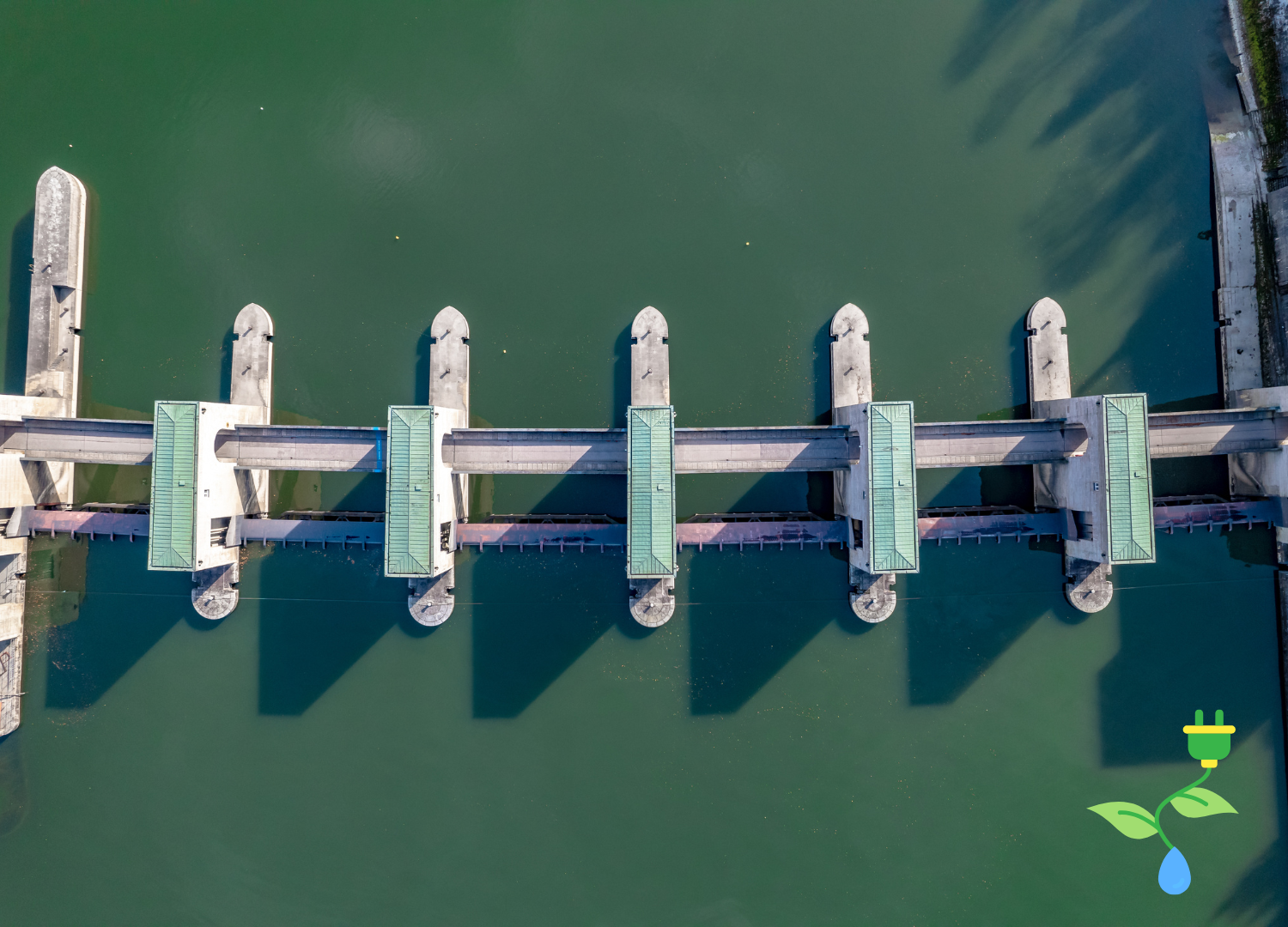This report critically examines the role of hydropower in Nigeria’s energy landscape, assessing challenges and lessons from global leaders like Brazil and India to inform Nigeria’s strategy. Hydropower currently contributes ~29% of Nigeria’s grid power, offering a low-carbon energy solution. Despite ongoing government efforts to build additional plants, projects such as Kashimbilla, Mambila, and Itisi remain incomplete, hindered by financial, regulatory, and infrastructural issues. Aging infrastructure, regulatory ambiguities, and financial unviability—exacerbated by high transmission losses, non-metering, and off-taker risks—limit private sector investments.
Key Lessons from Brazil and India
Brazil’s concession-based PPP model offers a pathway for Nigeria to attract private capital. Brazil’s model allows private entities to develop and manage projects, with government agencies ensuring regulatory compliance and infrastructure support. India also demonstrates the value of subsidies, tax incentives, and concessional loans to attract private sector investment.
Brazil and India have successfully modernized outdated hydropower systems. India’s focus on SHPs supports rural electrification, offering Nigeria a decentralized solution for off-grid areas if security and infrastructure challenges are addressed.
To manage renewable energy intermittency, India has adopted Pumped Storage Projects (PSPs), which store excess energy for peak demand use. Nigeria could leverage this model to enhance grid stability, though it requires high upfront investment and technical expertise.
Recommendations
Implement automation systems (e.g., SCADA), AI, Internet of Things (IoT), and turbine retrofitting to optimize hydropower efficiency, and explore pumped storage solutions to address peak demand and seasonal water flow challenges.
Utilize green bonds, blended finance, public-private partnerships (PPPs), and climate finance to attract investment and de-risk hydropower projects, ensuring private sector involvement and sustainable growth.
Establish a National Hydropower Development Fund, create state-level hydropower policy frameworks, mandate digitalization for efficiency, and update the Renewable Energy Master Plan (REMP) to include specific provisions for hydropower optimization.

